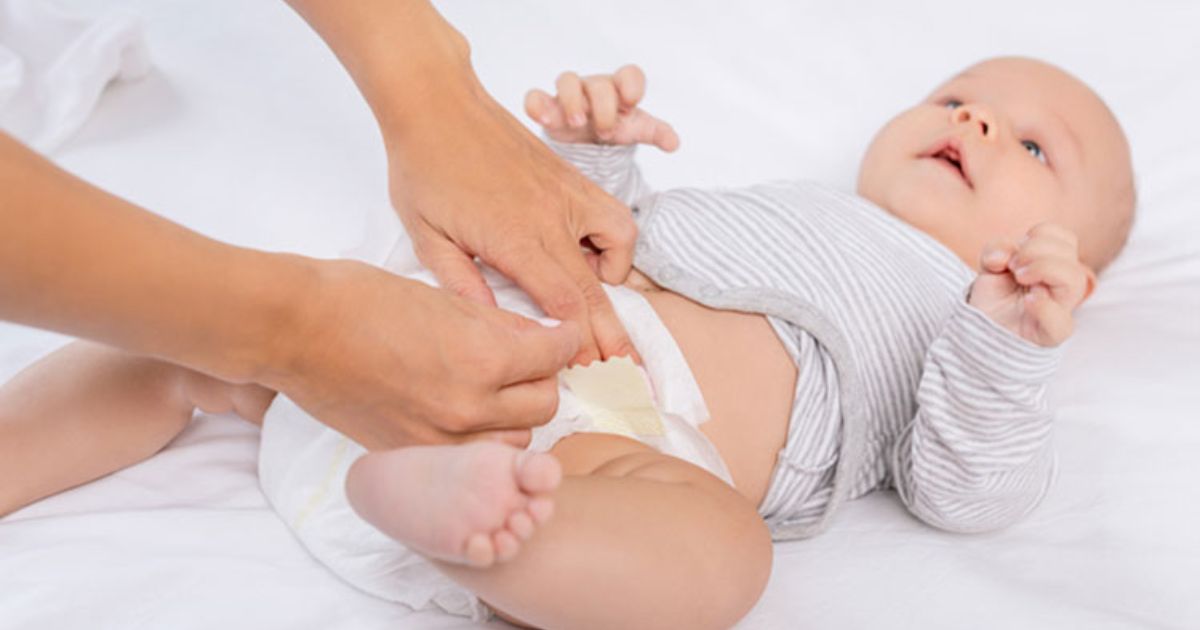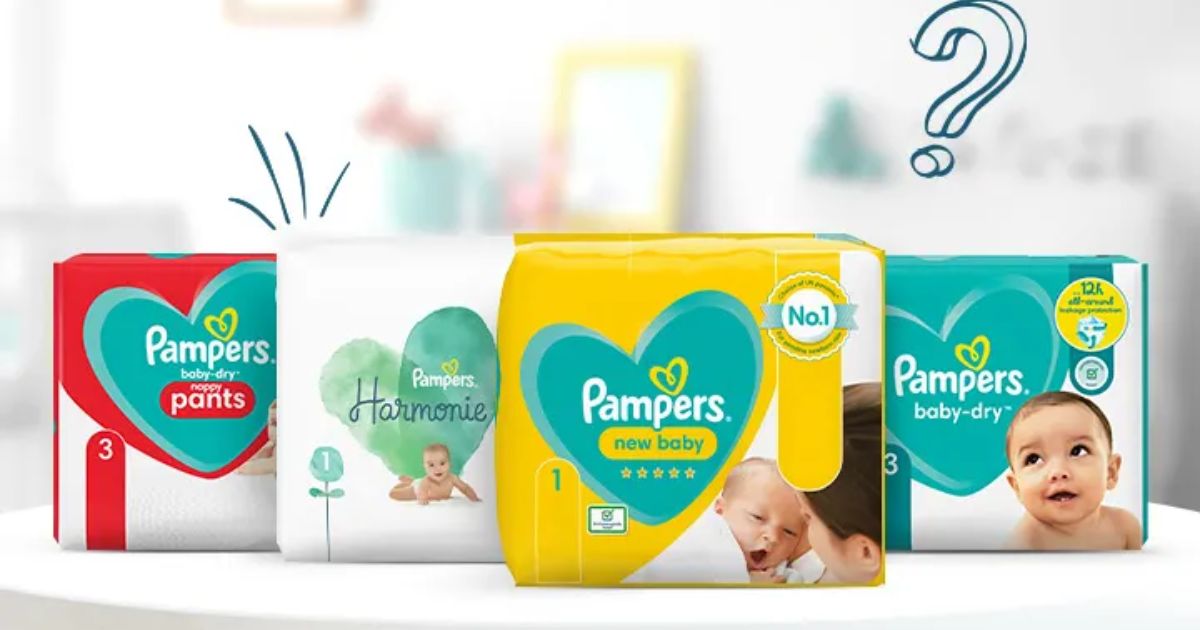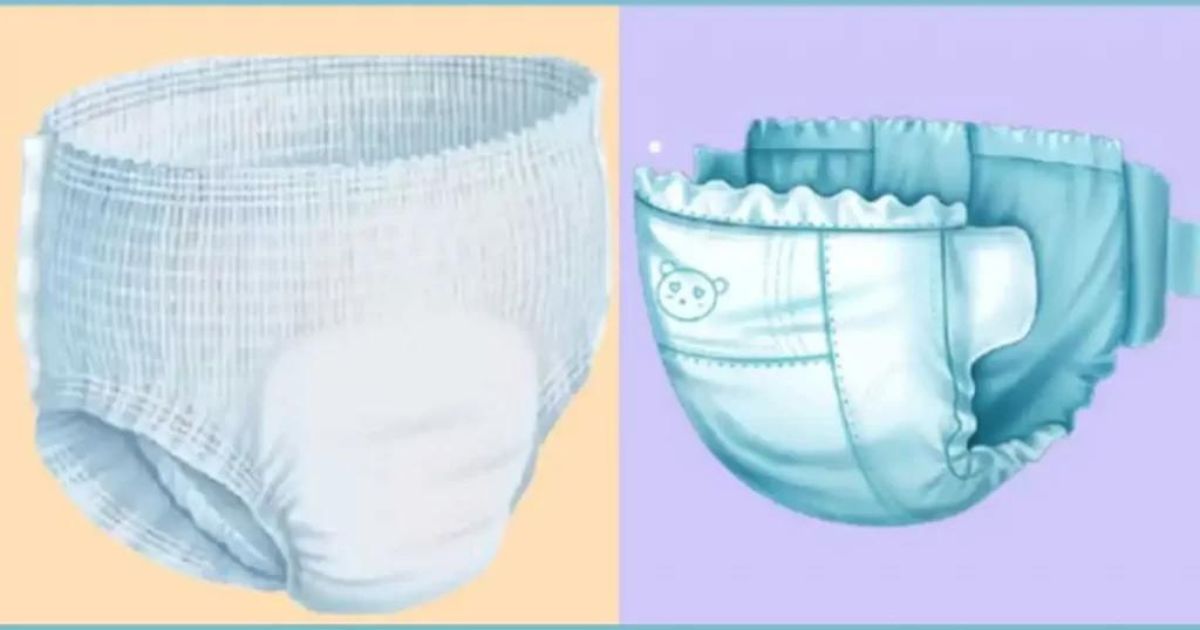When it comes to choosing the right diaper for your baby, absorbency is a crucial factor to consider. Many parents wonder if pull ups, a popular alternative to traditional diapers, are as absorbent as their counterparts. This question has sparked numerous debates among parents, leading to a need for a clear understanding of the differences between these two options.
In this article, we will delve into the absorbency levels of pull ups compared to diapers, providing you with the information you need to make an informed decision for your little one. By exploring the various factors that affect absorbency, such as design, materials, and usage, we aim to provide you with a comprehensive analysis of whether pull ups can match the absorbency of diapers. So, let’s dive in and discover the truth behind this commonly debated topic.
Key Takeaways
- Pull Ups provide the same level of absorbency as regular diapers.
- Pull Ups are convenient for parents and caregivers.
- Pull Ups can be used as a transition from diapers to underwear.
- Pull Ups offer a range of sizes to accommodate a growing child.
Diaper Needs for Newborns
Newborns require diapers to effectively manage their diaper needs. As infants, they have limited control over their bodily functions, including urination and defecation. Diapers play a crucial role in keeping newborns clean, dry, and comfortable throughout the day and night. With their high absorbency, diapers efficiently capture and contain waste, preventing leaks and potential skin irritations.
Diapers provide a protective barrier between the baby’s delicate skin and any moisture or bacteria, reducing the risk of diaper rash and other skin irritations. Furthermore, diapers offer convenience for parents and caregivers, allowing for quick and easy diaper changes.
Given these factors, it is essential to choose diapers that provide optimal absorbency and comfort, ensuring the well-being of newborns and making the diapering process as efficient as possible.
How Many Diapers per Day
On average, infants require approximately 6 to 10 diapers per day to effectively manage their diaper needs. The number of diapers needed can vary depending on several factors, such as the age of the baby, their eating and drinking habits, and the brand and type of diaper being used.
Newborns tend to require more frequent diaper changes, as they have smaller bladders and more frequent bowel movements. As babies grow, their bladder capacity increases, resulting in fewer diaper changes throughout the day.
It is important to ensure that diapers are changed promptly to prevent discomfort, diaper rash, and potential leakage. Now, let’s take a closer look at the diaper quantity needed for the first month of a baby’s life.
Diaper Quantity for the First Month

During the first month of a baby’s life, it is important to consider the appropriate diaper quantity to effectively manage their diaper needs. Diapers per Month Newborn babies typically require frequent diaper changes as they tend to soil their diapers more frequently.
On average, it is recommended to have around 10 to 12 diaper changes per day during this period. This estimation takes into account that infants may need to be changed after every feeding, as well as during diaper rash episodes or if the diaper becomes soiled or wet.
It is essential to have an ample supply of diapers on hand to ensure that the baby stays clean, dry, and comfortable throughout the day and night. By having an adequate quantity of diapers, parents can effectively meet their newborn’s diaper needs and maintain good hygiene.
Stocking Up: How Many Diapers to Have on Hand
To ensure an ample supply, it is advisable to have a sufficient quantity of diapers on hand for your baby’s needs. Stocking up on diapers is essential to avoid last-minute runs to the store and ensure that you are always prepared. Here are three key factors to consider when determining how many diapers to have on hand:
- Baby’s age: The number of diapers needed per day varies depending on your baby’s age. Newborns typically require around 8-12 diapers per day, while older babies may need around 6-8 diapers.
- Diaper size: As your baby grows, they will require larger diaper sizes. It’s important to have a range of sizes on hand to accommodate their changing needs.
- Lifestyle and preferences: Consider your lifestyle and how often you plan to change diapers. If you prefer frequent changes or have a busy schedule, you may need more diapers to ensure you always have a clean one available.
Diaper Size and Growth: When to Switch

Diaper size transitions should be made based on the growth and development of the baby. As infants grow, their diaper needs change as well. It is important to switch to a larger size when the current diaper starts to feel snug or when leaks become more frequent.
Most diaper brands have a weight range indicated on the packaging to help parents determine the appropriate size for their baby. It is also worth noting that different brands may have slightly different sizing guidelines, so it is essential to check the specific recommendations for the brand you are using.
Making the switch to a larger diaper size ensures that the baby stays comfortable and allows for better absorbency. Speaking of diaper sizes, let’s now move on to the next section about tips for saving money on diapers.
Tips for Saving Money on Diapers
When considering ways to save money on diaper expenses, it is crucial to explore cost-effective alternatives and strategies. Here are three tips to help you save money on diapers:
- Buy in bulk: Purchasing diapers in large quantities can often result in significant savings. Look for deals and discounts at bulk retailers or consider joining a diaper subscription service.
- Use coupons and discounts: Keep an eye out for coupons and discounts offered by diaper brands or retailers. These can help reduce the cost of diapers and save you money in the long run.
- Consider cloth diapers: Cloth diapers can be a more cost-effective option in the long term. While the initial investment may be higher, reusable cloth diapers can be washed and reused, reducing the need for frequent purchases.
Factors to Consider: Disposable Vs. Cloth Diapers
Considering the pros and cons of Adult Pull-Ups vs. Diapers is essential in determining the most suitable option for your baby’s needs. Disposable diapers are convenient, as they can be easily discarded after use, reducing the need for washing and drying.
They are also highly absorbent and come in a variety of sizes and styles to accommodate your baby’s growth. Disposable diapers can be costly in the long run, as they need to be continuously purchased. On the other hand, cloth diapers are reusable and environmentally friendly, as they can be washed and used multiple times.
They are also gentle on the baby’s skin and can be more cost-effective, especially if you plan to have multiple children. Cloth diapers require more effort in terms of washing and drying, and they may not be as absorbent as disposable diapers. Ultimately, the choice between disposable and cloth diapers depends on your priorities and preferences.
What to Do With Unused Diapers

To properly manage unused diapers, it is important to explore practical options for their disposal or potential reuse. Here are three options to consider:
- Donate to a diaper bank: Many communities have diaper banks that accept donations of unused diapers. These organizations help families in need by providing them with clean and safe diapers.
- Sell or give away online: Online platforms such as social media groups or classified websites can be a great way to sell or give away unused diapers. There are often parents looking for affordable diapers or those who prefer reusable options.
- Repurpose for other uses: Unused diapers can be repurposed for various household tasks. They can be used as absorbent pads for cleaning up spills, as padding for fragile items during shipping, or even as gardening aids to retain moisture in potted plants.
FAQ’S
What holds more pee a diaper or pull up?
Parents often feel that taped diapers outperform pull-ups in absorbency, especially for overnight use, with more reported leaks and less dryness associated with pull-ups. The reason for this preference is not explicitly clear.
Do pull ups prolong bedwetting?
How long do diapers hold pee?
Change diapers every 2-3 hours to avoid keeping them on for too long, and don’t wait until the diaper feels wet to ensure the baby stays comfortable.
Conclusion
In conclusion, pull-ups may provide some absorbency, but they cannot compare to the absorbency of diapers. Like a fortress protecting against leaks and messes, diapers are the ultimate solution for newborns’ needs.
From the first month to stocking up, choosing the right size, and saving money, diapers offer convenience and reliability. Whether it’s disposable or cloth, the decision is yours. Don’t let unused diapers go to waste; find creative ways to repurpose them. Diapers, the unsung heroes of parenthood.










